
Cast your mind’s eye, if you dare, back to the spring of 2020. Scientists were racing to publish some of the earliest research on Covid-19, the not-so-novel-any-more coronavirus that has upended all of our lives (unless you are my toddler, who has no idea). I recall one trend that really struck me: People with psychiatric diagnoses, specifically schizophrenia, seemed to have a higher risk of dying from Covid-19.
Now, a new study on breakthrough cases offers some clues to a potential answer — and it’s our top story in today’s newsletter.
This is an adapted version of the Inverse Daily newsletter for Monday, May 2, 2022. Subscribe for free and learn something new every day.
Happy Monday, happy May, and happy birthday to my partner! I’m Claire Cameron, an editor at Inverse. In today’s Inverse Daily, read more on the intriguing and disturbing link between Covid-19 and brain conditions, some ruins on Mars, and hibernating astronauts. Thanks for joining us, I’m glad you’re here.
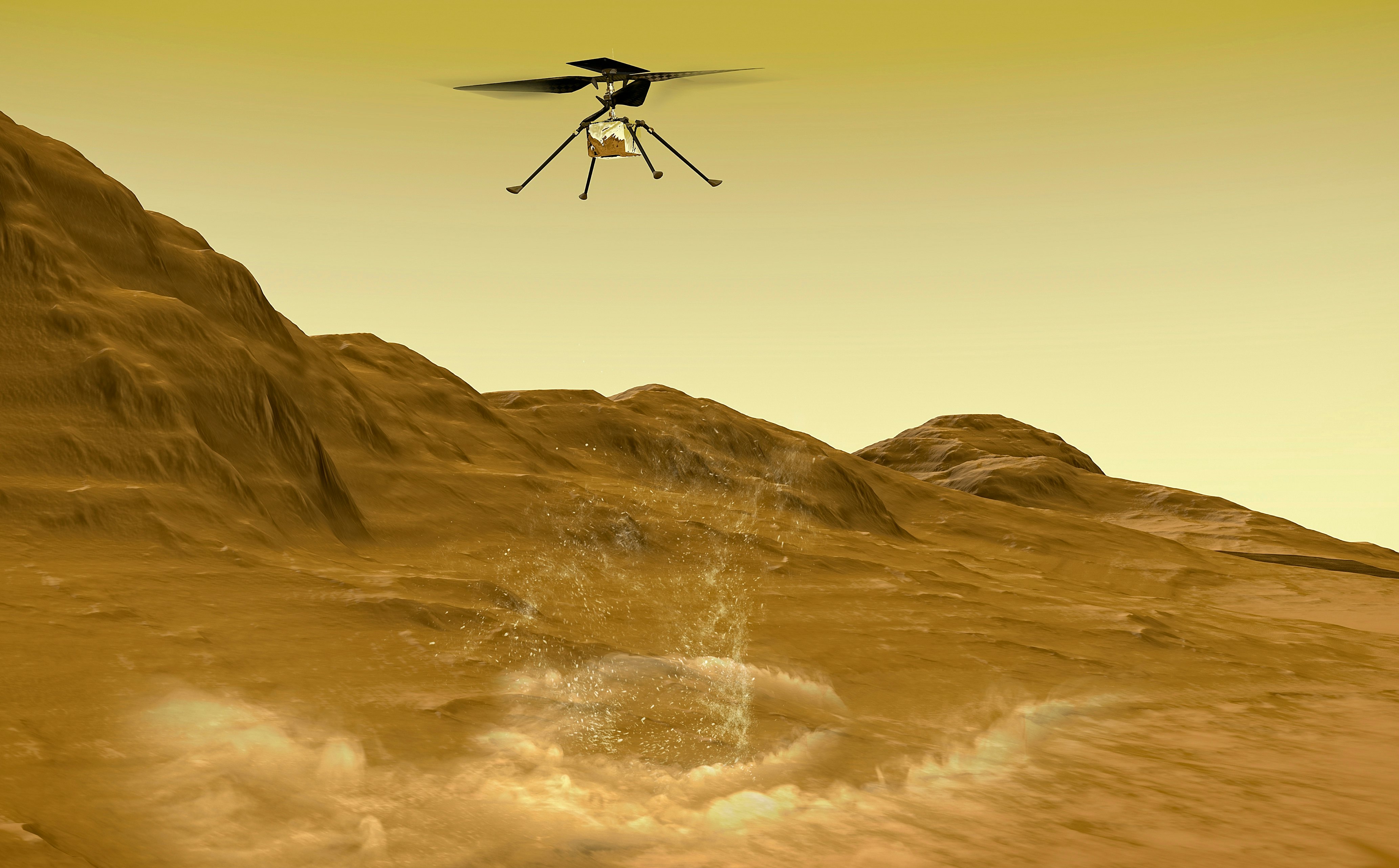
NASA’s Ingenuity helicopter spots beautiful spacecraft wreck on Mars
The first helicopter to fly in another planet's sky captured aerial views of some of the wreckage left behind by its companion rover, Perseverance.
In the image, the dusty ruins of a parachute and the burnt metal of a spacecraft are shown embedded in the ruddy Martian soil, with scattered pieces of shell and machinery littering the space around it. The ruins are not evidence of a failed landing, however — instead, they are intimately to do with Ingenuity’s existence on Mars itself.
Ingenuity took the pictures on April 19 — the one-year anniversary of Ingenuity’s first takeoff into the Martian sky. For this jaunt — the helicopter’s 26th flight — the JPL team tasked Ingenuity with collecting multiple-angle views of the landing site.
The footage will help engineers learn what went right during Perseverance’s landing — and give them vital information to repeat the stunt in future missions.
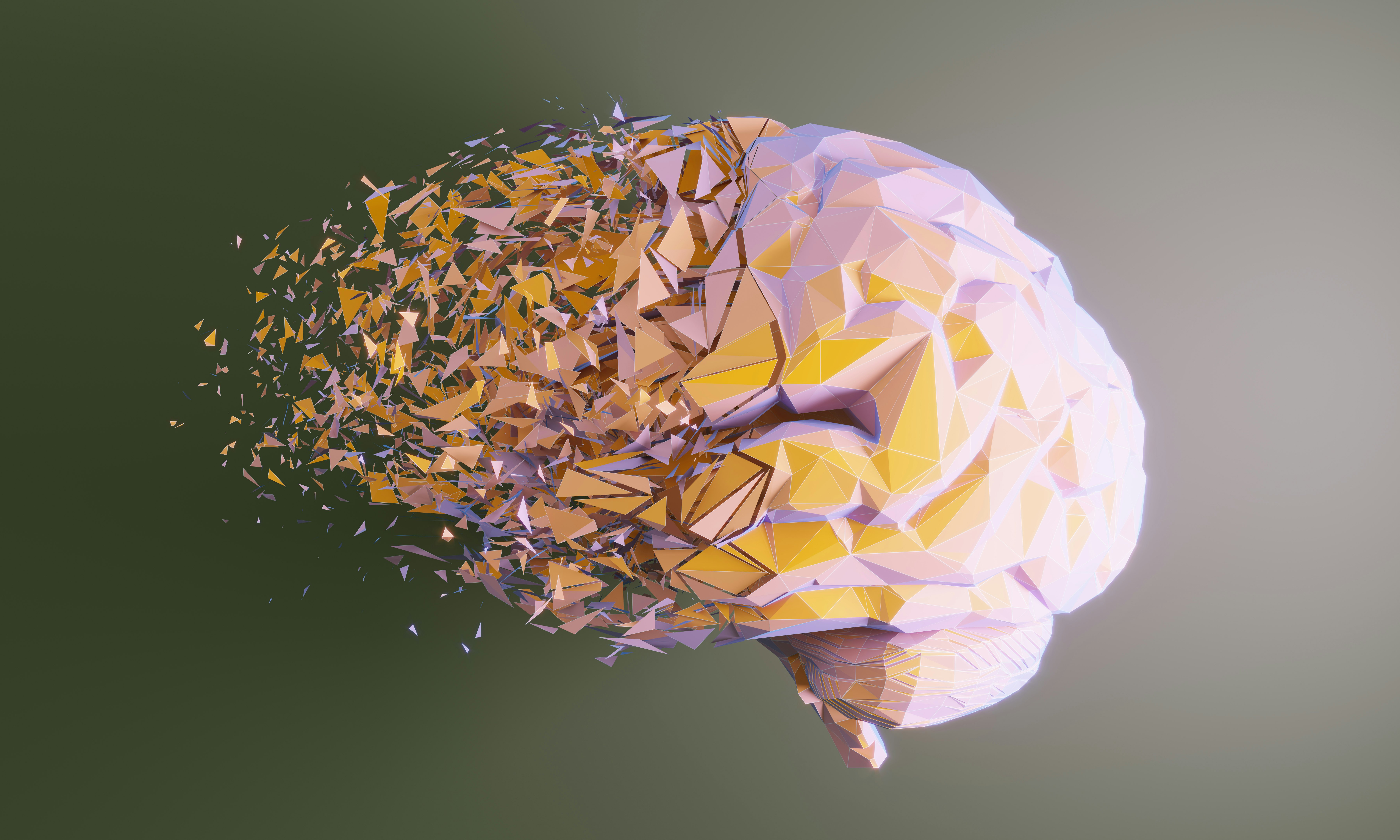
Psychiatric conditions make breakthrough Covid-19 cases more likely
In a new study, researchers found that people with psychiatric conditions were more at risk for breakthrough Covid-19 cases. Published this month in JAMA Open Network, the study used health records from more than 260,000 people from the U.S. Department of Veterans Affairs.
The correlation, researchers found, was much stronger in people 65 and older. This could be the result of decades of strife — from having a psychiatric condition and the circumstances that can lead to psychiatric conditions — battering the immune system.
“There’s a lot of evidence to suggest that chronic stress, traumatic stress, and psychiatric conditions can actually accelerate cellular aging,” Aoife O’Donovan, an associate professor of psychiatry at the University of California, San Francisco and one of the study authors, tells Inverse.
“It’s putting you at risk for appearing older biologically, and for your immune system, in particular, to function like the immune system of someone who’s older than you, and that’s certainly seen in patients with psychiatric disorders.”
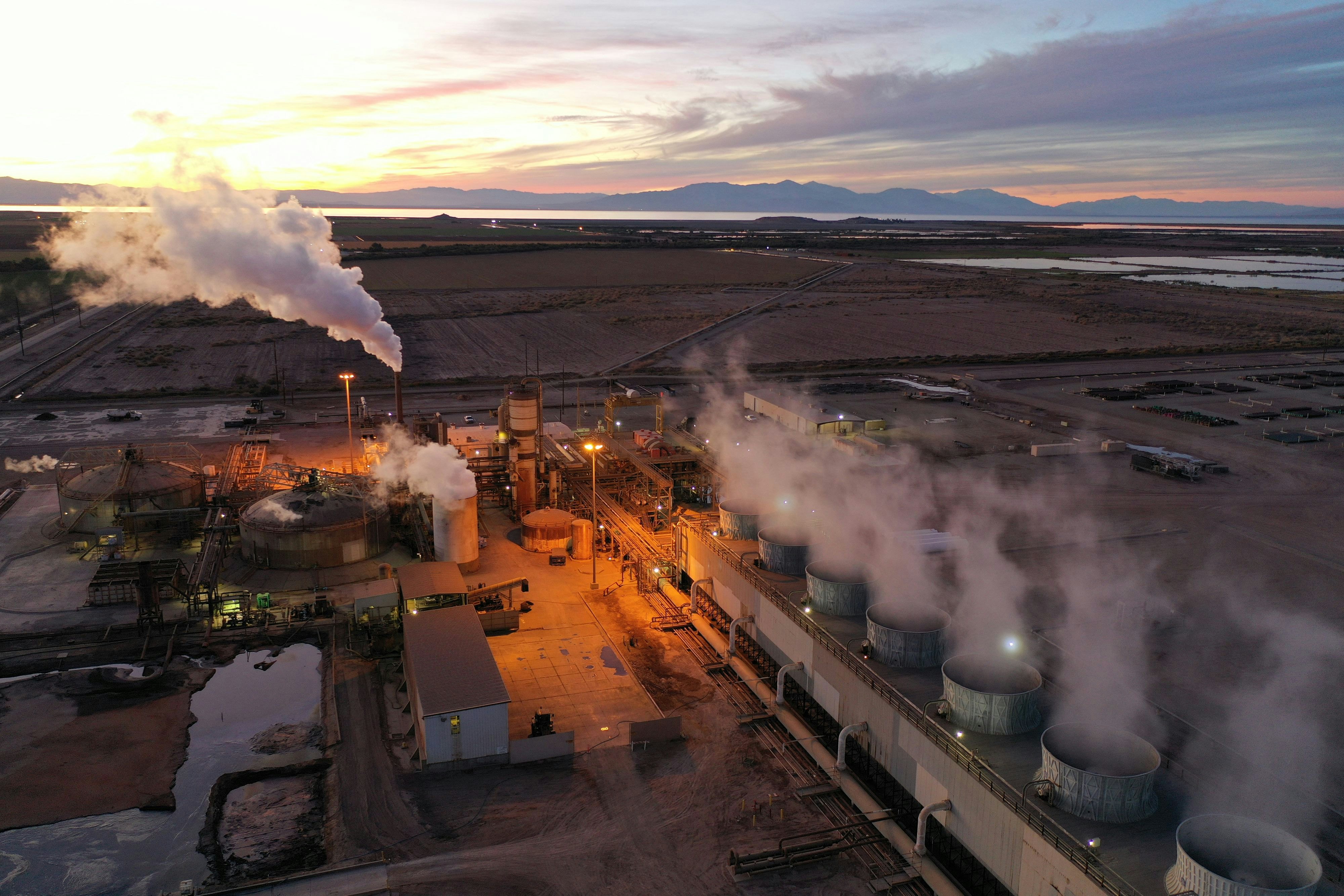
How a salt lake in California’s desert could transform the U.S. EV industry
The Salton Sea is already a powerhouse for geothermal energy, but it could have another clean-power benefit in its water: Lithium for electric-vehicle batteries. Nestled in the Southern California desert, this brackish, shallow lake is evidence of the volcanic activity that has roiled the region for hundreds of thousands of years. It is also a prime location for generating geothermal energy — a renewable form of energy driven by hot water and steam carrying the Earth’s internal heat up to the surface.
There are currently ten geothermal plants in the area with more planned for the future. First discovered in 1961, the lake’s hot brine beneath the lake is a source of (relatively) clean energy, but it could also prove crucial for how we store that energy using batteries. The reason why is to do with the lake’s brine’s particular chemical make-up: The lake brine water is full of lithium.
A major component in batteries, lithium is a vital element for powering the transition to transportation, energy, and cities that don’t depend on fossil fuels. Lithium-ion batteries power electric cars and help store electricity generated by renewable energy sources like wind and solar.
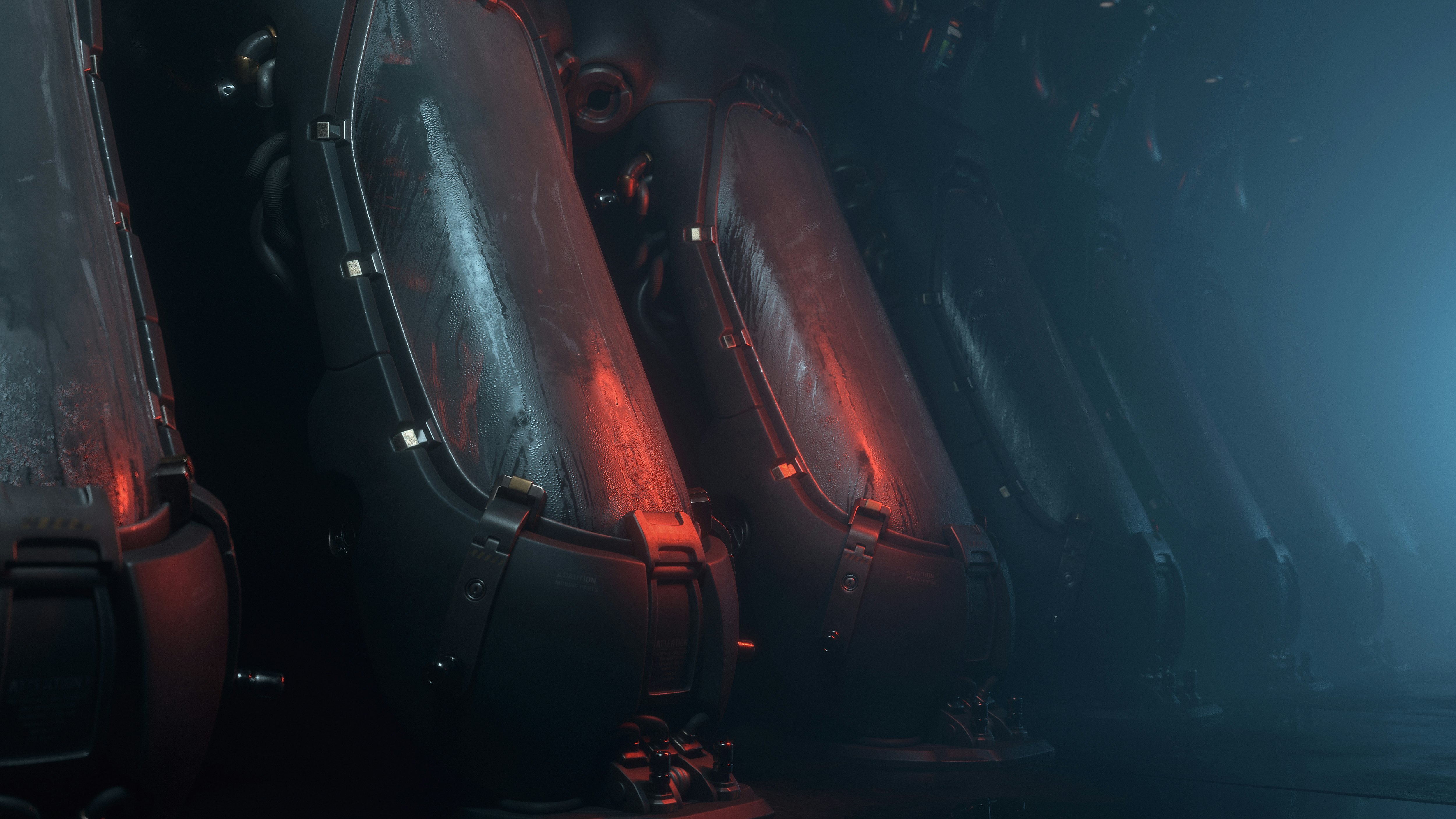
A new hibernation study is bad news for future space travelers
Scientists reveal how much energy smaller and bigger mammals save during hibernation — a finding that could help explain a challenge for human hibernation.
Imagine, Inverse writer Tara Yarlagadda asks, you are an astronaut taking a trip into outer space. Only it’s not a short jaunt to the Moon. Instead, your trip will last 120 years.
To get there you’d need to drastically reduce your body’s metabolic activities and needs. Hollywood sci-fi movies often imagine a future where humans are capable of artificially inducing hibernation to survive the trip. But is that really possible?
A recent study published Wednesday in the journal Proceedings of the Royal Society B analyzes how much energy different mammals save during hibernation. The findings suggest that, metabolically speaking, humans probably won’t survive a decades-long journey in space.
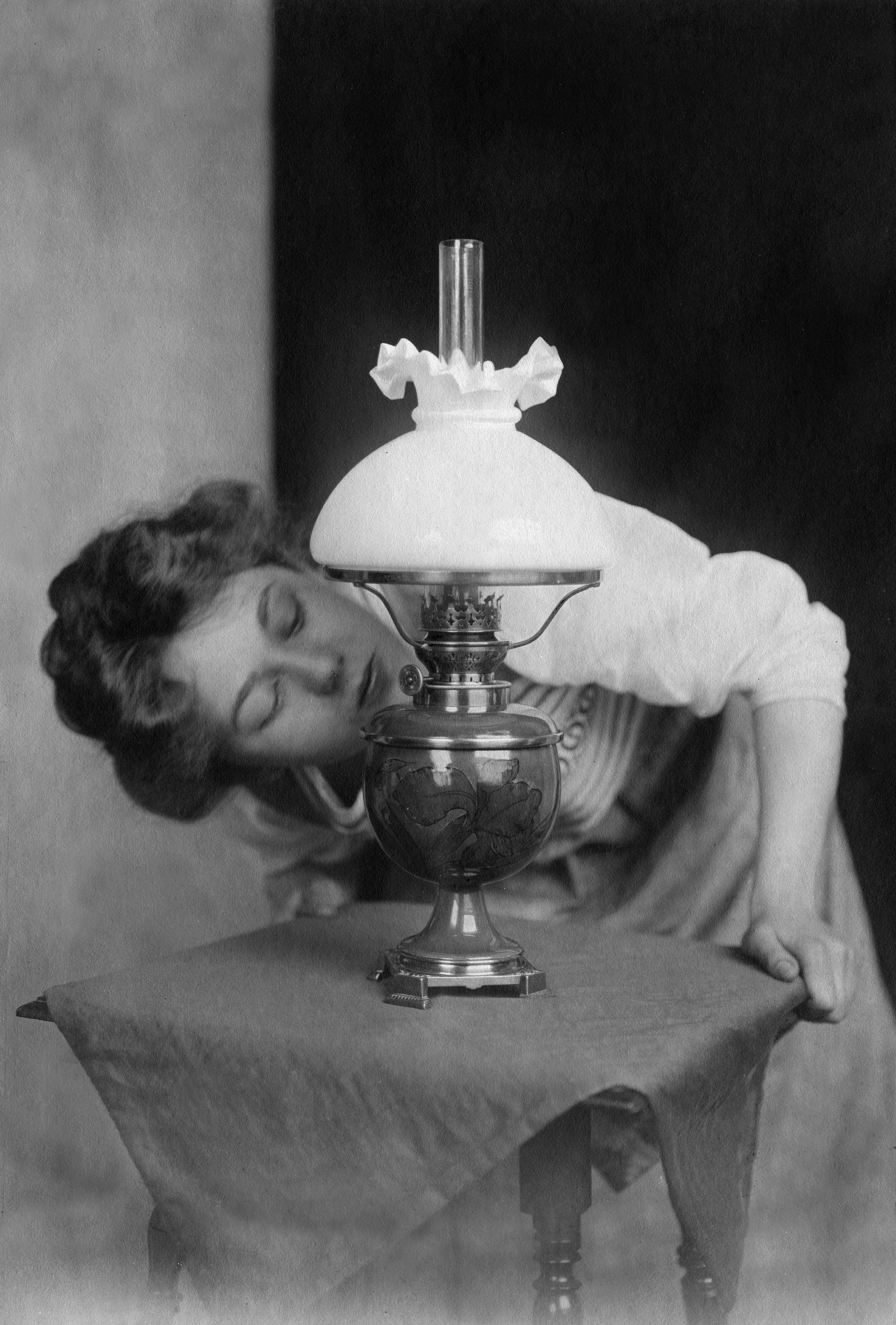
About this newsletter: Do you think it can be improved? Have a story idea? Want to share a story about the time you met an astronaut? Send those thoughts and more to newsletter@inverse.com.
- On this day in history: Canadian scientist Abraham Pineo Gesner was born on this day in 1797. Gesner discovered kerosene, also known as paraffin, became a staple fuel source, powering lamps, cookers, and even jets. Although it helped propel the world into the modern era, kerosene is a fossil fuel and a known polluter.
- Song of the day: “Kerosene,” by Big Black.







